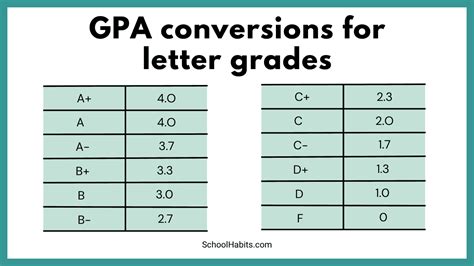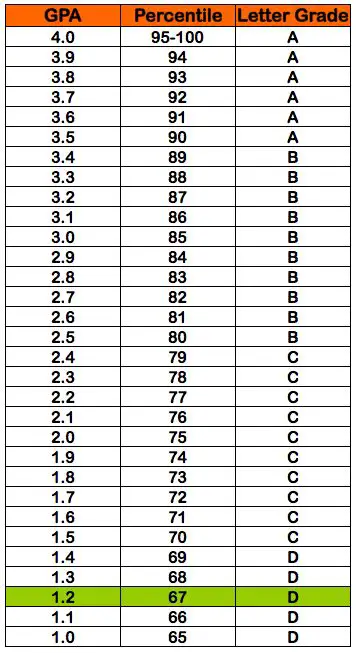Letter Grade Scales
In most educational systems, a letter grade is used to represent a student’s performance in a course or subject. Letter grades typically range from A (highest) to F (lowest). The specific range and interpretation of letter grades may vary slightly among different institutions and grading policies.

What Is a 67 in Letter Grade?
According to the standard American letter grading system, a 67 corresponds to the letter grade D+. This grade typically falls within the range of 60-69% and is considered a passing grade in most academic settings.
Understanding the D+ Grade
A D+ grade indicates that a student has demonstrated a basic understanding of the course material but may have struggled with some aspects. This grade is often associated with:
- Incomplete or partially correct answers
- Limited critical thinking or problem-solving skills
- Difficulty in applying concepts or theories
Impact of a D+ Grade
A D+ grade can have varying impacts on a student’s academic record and future opportunities:
Academic Consequences:
- May lower overall GPA
- May not meet prerequisites for certain courses
- May require additional coursework to improve grades
Career Implications:
- May limit options for certain career paths or graduate programs that require higher grades
- May affect job applications or internships that require a strong academic record
Motivations for Improving Grades
Students may have various motivations for striving to improve their grades, including:
- Desire to enhance their academic standing
- Need to meet course or program requirements
- Ambition to pursue higher education or prestigious careers
- Avoidance of negative consequences (e.g., probation, academic dismissal)
Effective Strategies for Improving Grades
To improve grades from a D+ to a higher level, students can consider implementing effective strategies such as:
- Attending Class Regularly: Regular attendance ensures that students are actively engaged in the learning process and have access to the latest course material.
- Participating in Class: Asking questions, participating in discussions, and actively listening to lectures can help students better understand the course content.
- Completing Assignments: Punctually completing all homework, quizzes, and projects demonstrates engagement and provides practice with the material.
- Seeking Help When Needed: Students shouldn’t hesitate to ask for assistance from professors, teaching assistants, or peers when they encounter difficulties.
- Managing Time Effectively: Prioritizing assignments, setting realistic deadlines, and avoiding procrastination can alleviate stress and allow for thorough preparation.
Tips and Tricks for Boosting Grades
In addition to implementing effective strategies, students can also incorporate the following tips and tricks:
- Read the Course Syllabus Carefully: Understanding the course requirements and expectations can help students focus their efforts effectively.
- Take Advantage of Office Hours: Utilizing professors’ office hours for extra help or clarification can significantly improve understanding.
- Form Study Groups: Collaborating with peers can provide support, motivation, and alternative perspectives on the material.
- Utilize Online Resources: Explore online platforms, videos, and simulations to supplement textbook learning and deepen comprehension.
- Stay Organized: Maintain a structured system for notes, assignments, and due dates to avoid confusion and missed deadlines.
Conclusion
A D+ grade is a passing grade but indicates that a student may need to improve their understanding or study habits. By implementing effective strategies, seeking support, and incorporating practical tips, students can boost their grades and achieve their academic goals.
